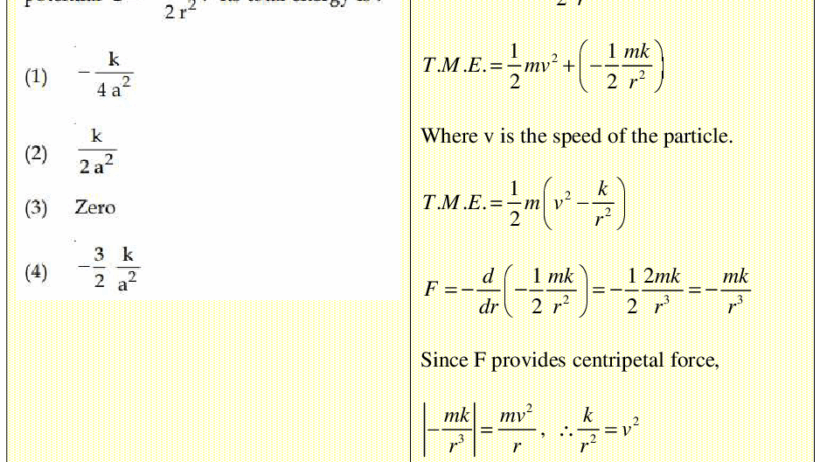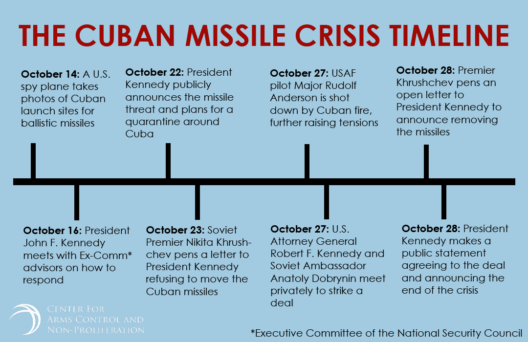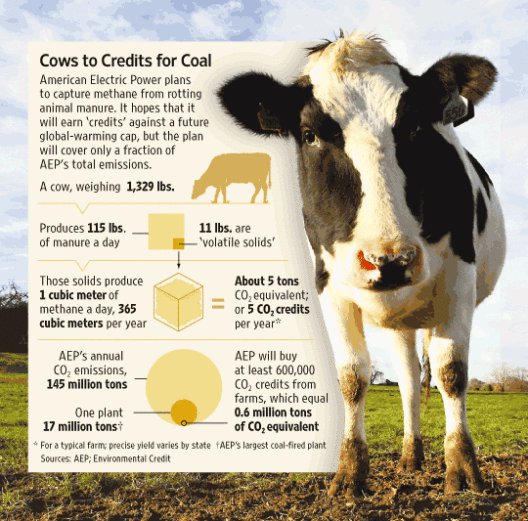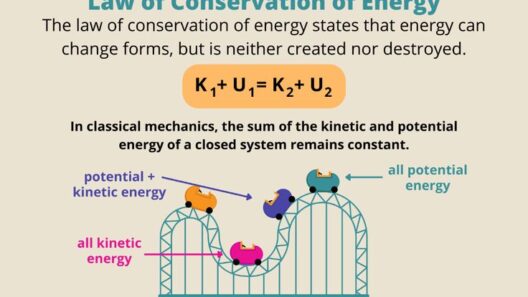Potential energy, a cornerstone concept in physics, is defined as the energy possessed by an object due to its position or configuration. When we consider circular motion, one might ponder: is potential energy conserved in this context? This question invites us to delve into the principles of mechanics while considering the dynamics of circular motion where gravitational, electric, or even elastic forces may play a role.
To embark on this exploration, it’s crucial to recognize that potential energy is highly contingent upon the forces acting upon an object. When an object moves in a circular path, the form of potential energy in question primarily derives from gravitational sources; therefore, understanding the nature of these forces is essential.
Imagine a pendulum, swinging through an arc. At its zenith, it holds maximum potential energy. As it descends, this energy transforms into kinetic energy, manifesting as speed. This energy conversion is emblematic of conservation laws, but does it hold true in circular motion?
In uniform circular motion, such as a ball tethered to a string and being swirled around, the motion occurs at a constant speed along a path. Hence, the kinetic energy remains constant—however, the potential energy is an altogether different matter. Given the nature of circular paths, potential energy does not remain constant due to the perpetual change in gravitational potential as the object navigates its circular trajectory.
Consider a satellite orbiting a planet. Here, potential energy is influenced by both the satellite’s altitude and gravitational forces emanating from the planet. As the satellite ascends to a higher orbit, its potential energy increases; conversely, as it descends, this energy decreases. Thus, the gravitational potential energy varies with the satellite’s position in its circular path. Yet, the total mechanical energy (the sum of kinetic and potential energy) remains constant, assuming no external forces intervene—a delicate dance of conservation in action.
Now, extending this principle to non-uniform circular motion complicates things further. An object traversing a circular path with varying speeds might experience fluctuating kinetic and potential energies that challenge the notion of conservation. For instance, when a roller coaster navigates curves and hills, the potential energy reaches peaks at elevated positions, converting into kinetic energy during drops. This interchange emphasizes that energy transformation is ubiquitous, but conservation is conditional upon the system being isolated from external influences.
In mechanics, one may delineate between conservative and non-conservative forces to understand energy behavior in circular motion. Gravitational forces are considered conservative, yielding a conservation of mechanical energy. In contrast, friction and air resistance are non-conservative forces that dissipate energy, often leading to a net loss in mechanical energy as heat. Thus, in scenarios where external forces bear influence, potential energy may not be conserved.
Yet, one must recognize that energy conservation isn’t a universal law without exception; it adheres to specific frameworks and conditions. Circular motion often exemplifies this principle in microcosm, leading to profound implications on larger scales.
Furthermore, one may also contemplate the implications of elastic potential energy in systems exhibiting circular motion. A prime illustration would be a spring-based system, where an elastic object oscillates in curves. Here, potential energy is contingent upon the deformation of the spring—a fascinating consideration showcasing how energy conservation principles can manifest differently based upon the forces at play.
The challenges of determining whether potential energy is conserved in systems involving circular motion prompt engaging inquiries into real-world applications. Examining roller coaster design, for instance, one observes engineers must meticulously calculate height, speed, and energy dynamics to ensure safe yet thrilling rides. In essence, the conservation of energy principles must be woven into the fabric of these designs, harmonizing the interplay between potential and kinetic transformations.
In summation, the inquiry into whether potential energy is conserved in circular motion ultimately hinges upon specific circumstances and the nature of forces involved. Within the purview of conservative forces, one may assert potential energy can be considered conserved in a broader sense, as mechanical energy totals remain constant. Yet, when one ventures into non-conservative realms, the complexity, dynamics, and experimental nuances demand careful scrutiny. Thus, the dance of potential energy in circular motion is as multifaceted as it is captivating, inviting further exploration and reflection on the principles that govern our universe.








